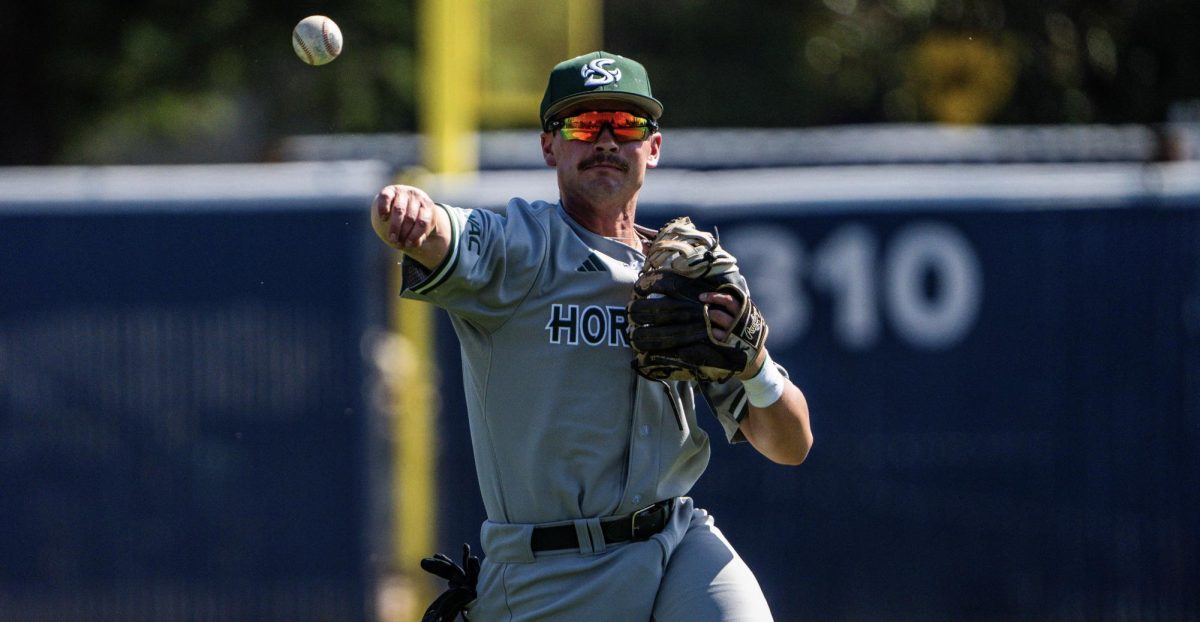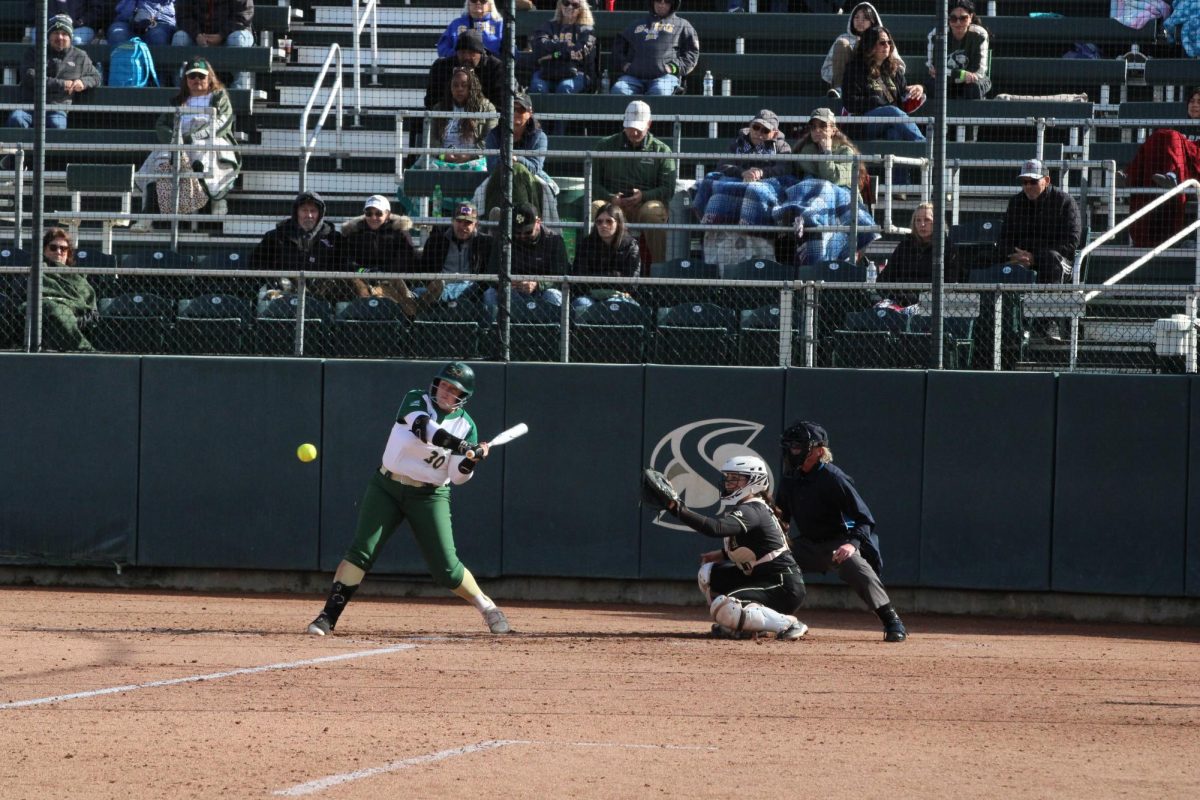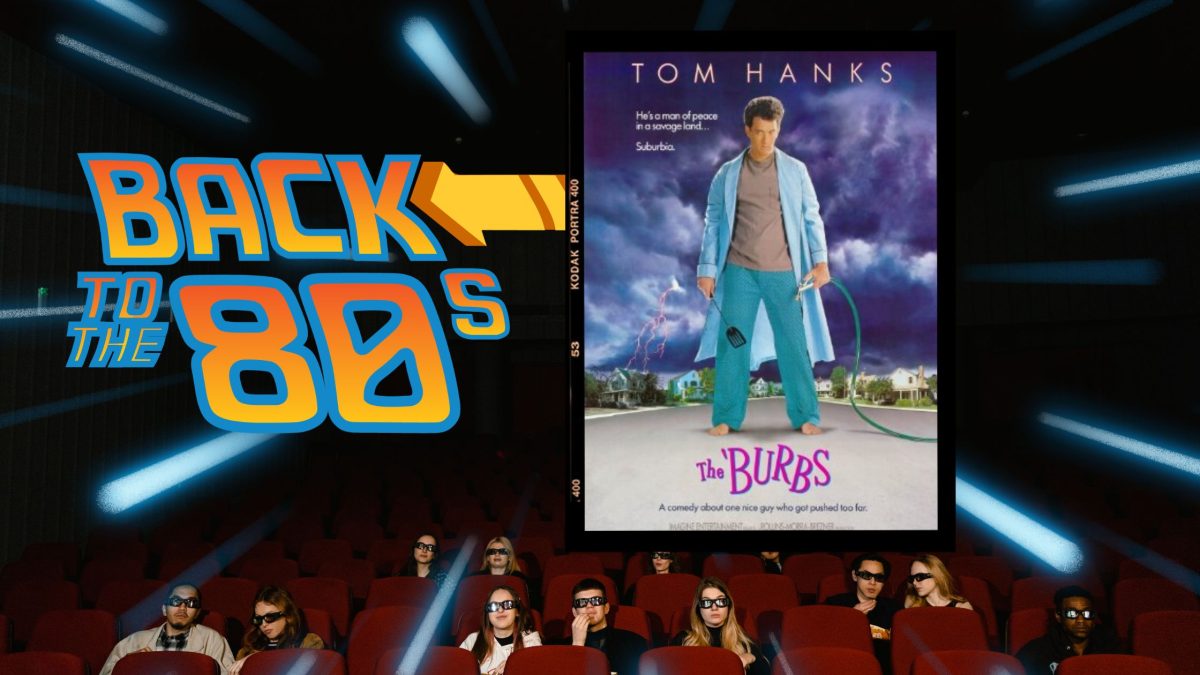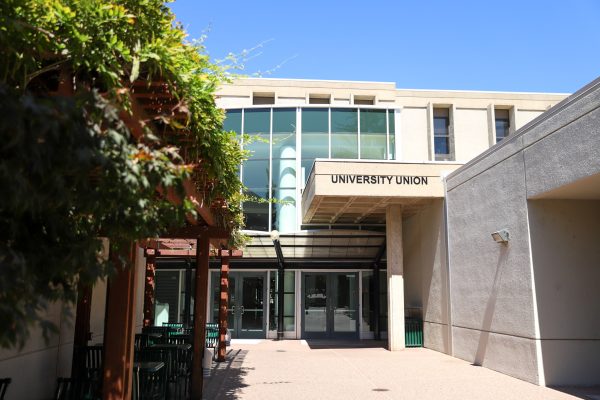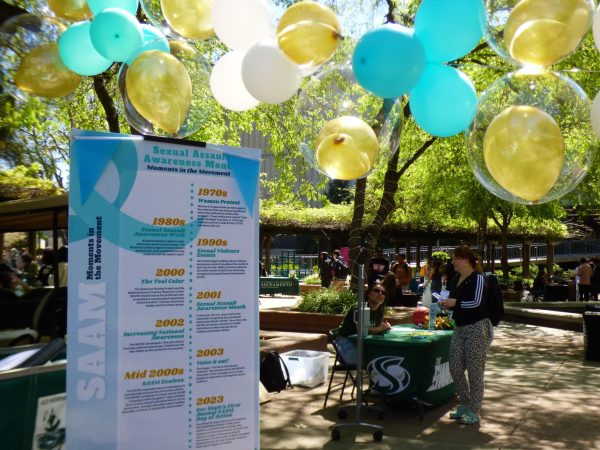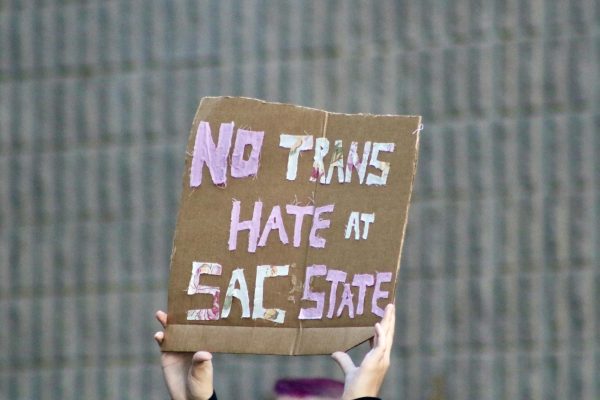Sacramento State has zero-tolerance policy on plagiarism
February 19, 2014
With rigorous writing assignments designed to prepare them for the real world, Sacramento State students often sense the overwhelming pressure of needing both creative and supported thought.
Whether by misunderstanding or last resort, many students, all aware of the basic concept of plagiarism, have committed the act.
Last year, the Office of Student Conduct, which attends to a wide variation of approximately 20 causes for conduct violations, had approximately 250 cases last year, most of which were violations of cheating and plagiarism.
Kristen Bryant, a 19-year-old communication studies major, said she thinks her peers have a perfect understanding of what constitutes as plagiarism.
“It’s written on every syllabus and we go over it every semester,” Bryant said. “It’s hard to not know what it means.”
With that understanding, students do not take the consequences seriously and refuse to believe they will get caught, Bryant said.
Because it is commonplace for college students to partake in the particular form of cheating, Sac State faculty and administration have developed a strict and unsympathetic zero-tolerance for the act.
Plagiarism, as defined by Sac State, is the use of distinctive ideas or works belonging to another person without providing adequate acknowledgement of that person’s contribution. The act is punishable whether a student has copied from a published work or from another student.
In an effort to provide a safe, fair and supportive learning environment, the Office of Student Conduct at Sac State takes issues like cheating and plagiarism into its own hands.
“What the university is committed to is providing each student with a fair academic process here, so when someone is cheating it’s changing the whole fair level playing field for everyone,” said Ardith Tregenza, director of the Office of Student Conduct. “I don’t think students think of it that way – affecting other students who are really working hard to earn a grade.”
Tregenza said the most common violations are cheating and plagiarism.
“I think the issue is a combination of students not knowing what constitutes as plagiarism as well as a misunderstanding of the consequences,” Tregenza said. “A lot of the students I see for cheating and plagiarism are usually very nice people and they got in a bind time wise and they couldn’t keep up with everything so they decided to shortcut it.”
The California State University has a standard student disciplinary process, or code of conduct that is administered through Tregenza at Sac State. An investigation is conducted after receiving a complaint from either a faculty member or student.
If there is evidence for a case, the office will send the student a call and letter to notify them they are under investigation and must set up an informal meeting.
At the meeting, information is shared with the student to ensure compliance with the Students Rights and Responsibilities Act, which states students have a right to know what they are being accused of.
“This is their opportunity to provide me with any information the think is important or to respond to that,” Tregenza said. “Hopefully this informal meeting is an opportunity for the student and I to have an open and honest discussion about the incident.”
Tregenza said students who plagiarize are either overwhelmed and unknowledgeable about the resources on campus, or willing to risk the consequences.
“I really care about students and a lot of the time things can be very overwhelming to them,” Tregenza said. “I try to look at the student as big of a picture as possible not just this mistake they made, but I think students are pretty naive to think they wouldn’t get caught.”
Resources on campus designed to help students that are struggling include the Counseling Department, Academic Advising and Writing Center, where encouraging, focused and non-judgmental one-to-one tutorials in reading and writing are provided, according to its website.
After being put on probation with the university, Tregenza requires students who plagiarize to tour the Writing Center and requires them read a book called “Catch” and write a reflective paper.
“I don’t want to give them a greater burden if they’re already struggling, but it makes them think about their choices and decisions and how really those define whether we think it does or not,” Tregenza said. “I have to hold students accountable, but what they have learned from it and how they could be a better person are important.”
Sac State faculty who also take plagiarism and cheating seriously are often times unsympathetic towards the issue, and are able to administer a failing grade for an offense. Unlike usual circumstances, the grade remains on the transcript even after a retaking of the course.
Nancy Caselli, a communications studies professor, said she is not understanding of students who plagiarize and does not think students are fully aware of the student code of conduct because of the common occurrences in her classroom.
It has become easier than ever for students to get ahold of other peoples work because of technology, Caselli said.
“I have seen increased temptation to plagiarize or cheat because of technology,” Caselli said. “They have a computer in their hand (and) it is so tempting to pull information up on it. Usually it is because they have procrastinated and are then forced to cheat in order to get the assignment done or to do well on the exam.”







































